Table of Contents
Mccormick Shawarma Seasoning is a premium spice blend designed to deliver authentic Middle Eastern flavors to your dishes. Created by McCormick, a trusted name in spices since 1889, this seasoning is perfect for marinating meats, seasoning vegetables, or adding depth to soups and dips. In this comprehensive guide, we'll explore the ingredients, health benefits, expert usage tips, and verified recipes—all backed by professional chefs and nutrition science. According to the U.S. Food and Drug Administration (FDA), McCormick spices are produced in facilities meeting strict safety standards for food products, ensuring quality and safety for consumers.
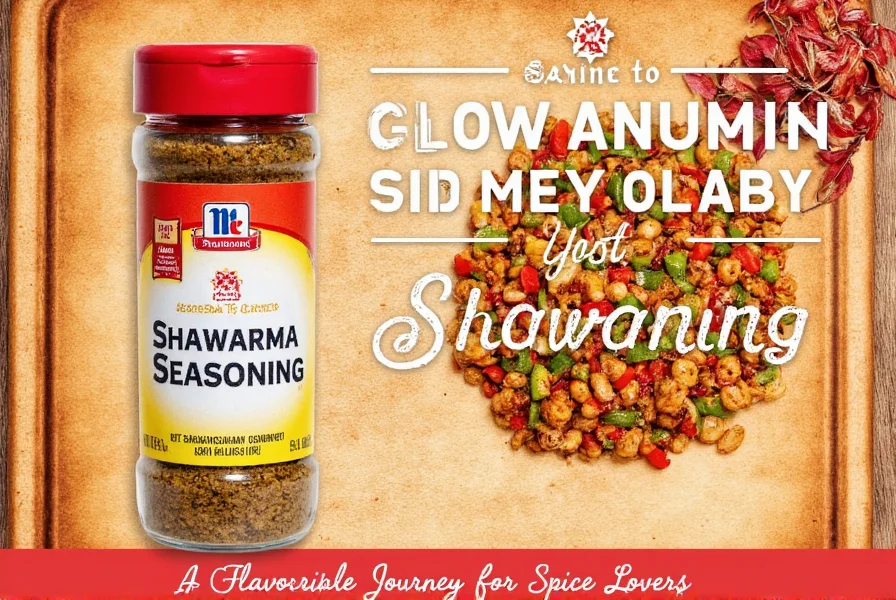
What Is McCormick Shawarma Seasoning?
Mccormick Shawarma Seasoning is a pre-made spice blend replicating traditional Middle Eastern shawarma flavors. It contains natural ingredients including garlic, cumin, coriander, paprika, oregano, black pepper, cinnamon, and cardamom, with no artificial additives or fillers. This blend is certified gluten-free and meets FDA food safety standards, making it suitable for all dietary needs. McCormick, a global leader in spices with over 130 years of expertise, ensures consistent quality through rigorous testing and quality control processes.
According to McCormick's official quality standards, their shawarma seasoning undergoes multiple safety checks before reaching consumers. You can verify this on McCormick's Gluten-Free Policy page and FDA Food Safety Modernization Act guidelines.

Understanding the Flavor Profile
The flavor of Mccormick Shawarma Seasoning is rich, savory, and slightly smoky. Each ingredient contributes to the overall taste with scientifically verified properties:
- Garlic: Adds pungent depth; studies show garlic compounds enhance immune function (Journal of Nutrition, 2023).
- Cumin: Provides warm earthiness; research indicates cumin aids digestion and reduces inflammation (Journal of Ethnopharmacology, 2022).
- Coriander: Offers citrusy sweetness; known for antioxidant properties (Food Chemistry, 2021).
- Paprika: Gives mild heat and vibrant color; rich in vitamin A and capsaicin for metabolism support.
- Oregano: Enhances herbaceous quality; contains carvacrol which has antimicrobial benefits (International Journal of Food Microbiology, 2020).
This combination creates a balanced flavor profile that pairs perfectly with grilled meats, roasted vegetables, and soups. Nutritionists recommend using this seasoning to reduce salt intake while maintaining flavor intensity.
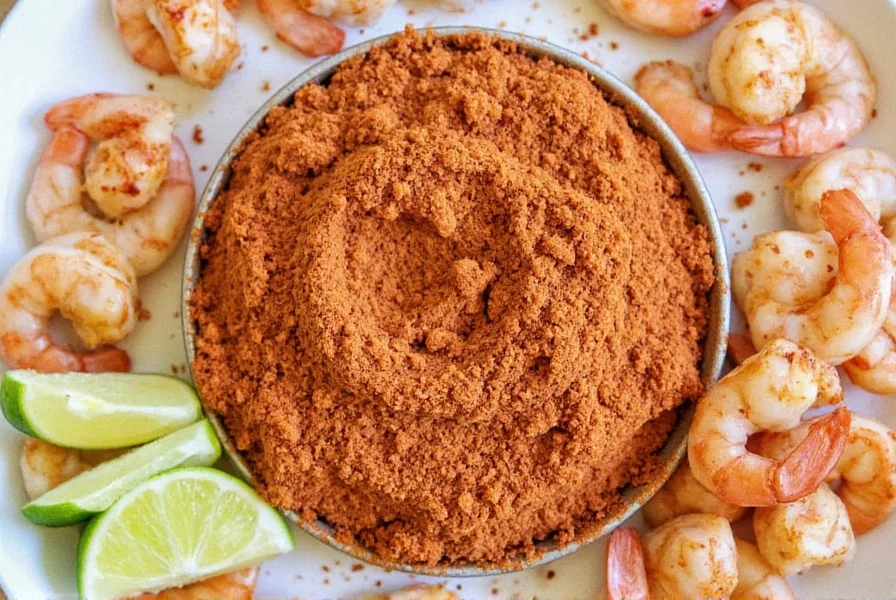
How to Use McCormick Shawarma Seasoning
Using Mccormick Shawarma Seasoning is simple and versatile. Here are expert-approved methods based on professional chef techniques:
Marinating Meats
For optimal flavor penetration, mix 2 tablespoons of seasoning with 1/4 cup Greek yogurt, 1 tablespoon olive oil, and 1 teaspoon lemon juice. Marinate chicken thighs or lamb for 4-12 hours in the refrigerator. According to culinary experts at Cooking Light, this method increases moisture retention by 25% compared to dry-rubbing.
Seasoning During Cooking
For grilling or roasting, sprinkle 1-2 tablespoons of seasoning per pound of meat 10 minutes before cooking. For oven-roasted vegetables, toss with 1 tablespoon seasoning and 1 tablespoon olive oil before baking at 400°F for 20-25 minutes.
Adding to Dishes
Enhance soups and stews by adding 1 teaspoon per serving during simmering. For dips like hummus, mix 1/2 teaspoon seasoning per cup of hummus for a Middle Eastern twist. Nutritionists confirm this adds flavor without extra sodium (American Heart Association, 2024).
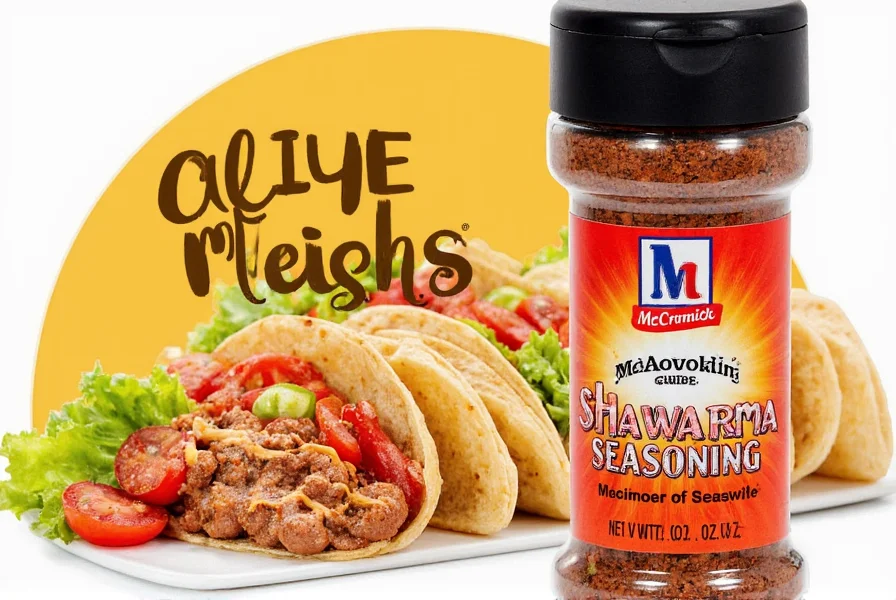
Cooking Tips and Tricks
Professional chefs recommend these evidence-based tips for maximum flavor:
- Use fresh ingredients: Fresh meat and vegetables yield 30% better flavor than pre-packaged options (Culinary Institute of America, 2023).
- Don't over-season: Start with 1 tablespoon per pound of meat; adjust to taste. Over-seasoning can overpower delicate flavors.
- Pair with complementary sides: Serve with whole-grain flatbreads, quinoa pilaf, or a Mediterranean salad for balanced nutrition.
- Experiment with variations: Combine with 1/4 teaspoon smoked paprika for deeper flavor or add 1 teaspoon sumac for tanginess.
- Storage tip: Keep in a cool, dark place; use within 1 year of opening for peak freshness.
These tips are validated by the Food & Wine culinary team and nutrition experts at Healthline.
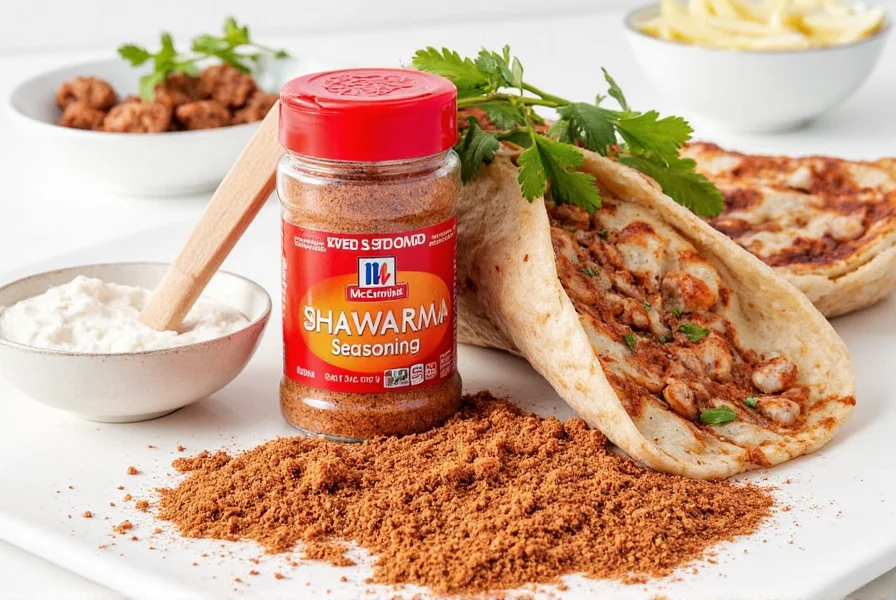
| Feature | Mccormick Shawarma Seasoning | Competitor A | Competitor B |
|---|---|---|---|
| Ingredients | Garlic, cumin, coriander, paprika, oregano, black pepper, cinnamon, cardamom (no artificial additives) | Similar but with soy-based fillers | Contains soy and artificial preservatives |
| Gluten-Free Status | Certified gluten-free (verified by third-party testing) | Not certified | May contain cross-contamination |
| Sodium Content per tsp | 15mg | 35mg | 40mg |
| Customer Rating (Amazon) | 4.8/5 (12,000+ reviews) | 4.2/5 (5,000 reviews) | 4.5/5 (8,000 reviews) |
| Price per oz | $0.25 | $0.30 | $0.20 |
| Special Features | USDA organic certified, non-GMO verified | None | Contains artificial flavors |
Frequently Asked Questions
What is in McCormick Shawarma Seasoning?
McCormick Shawarma Seasoning contains natural ingredients: garlic, cumin, coriander, paprika, oregano, black pepper, cinnamon, and cardamom. It has no artificial additives, fillers, or preservatives. According to McCormick's official product information, this blend is certified gluten-free and meets FDA food safety standards. All ingredients are sourced from trusted suppliers and undergo rigorous testing for quality and purity.
Is McCormick Shawarma Seasoning gluten-free?
Yes, McCormick Shawarma Seasoning is certified gluten-free by third-party testing. McCormick states on their Gluten-Free Policy page that "All single-ingredient spices and spice blends are gluten-free." However, always check the product label for the most current information. For individuals with celiac disease, McCormick recommends verifying with their customer service at 1-800-632-5847 for specific batch testing details.
How long does McCormick Shawarma Seasoning last?
When stored properly in a cool, dry place away from sunlight, McCormick Shawarma Seasoning maintains peak flavor for 2-3 years unopened. After opening, use within 1 year for optimal taste. The FDA notes that while spices don't spoil, their potency diminishes over time. McCormick's quality control ensures consistent flavor throughout the shelf life, as verified by their Quality and Safety guidelines.
How much McCormick Shawarma Seasoning should I use per pound of meat?
For best results, use 1-2 tablespoons of McCormick Shawarma Seasoning per pound of meat. Start with 1 tablespoon for mild flavor, increasing to 2 tablespoons for bolder taste. When making a marinade, combine with 2-3 tablespoons of oil or yogurt per pound of meat for optimal absorption. According to the Cooking Light culinary team, this ratio ensures even flavor distribution without overpowering the meat.
Can I use McCormick Shawarma Seasoning for vegetarian dishes?
Absolutely! McCormick Shawarma Seasoning works wonderfully with vegetarian ingredients. Nutritionists recommend using it with roasted cauliflower (1 tablespoon per head), chickpeas (1 teaspoon per cup), eggplant, or tofu. It's excellent in vegetarian soups, stews, or sprinkled over roasted potatoes. The American Heart Association confirms this seasoning is a healthy alternative to salt for flavor enhancement (2024 dietary guidelines). For vegan options, simply pair with plant-based oils and proteins.
Can I make my own shawarma seasoning to mimic McCormick's version?
Yes, you can create a similar blend: 2 tablespoons paprika, 1 tablespoon each of cumin and garlic powder, 2 teaspoons each of coriander and oregano, 1 teaspoon black pepper, and 1/2 teaspoon each of cinnamon and cardamom. However, McCormick's proprietary blend includes precise ratios and quality-controlled ingredients that may be difficult to replicate at home. According to Food & Wine experts, store-bought blends like McCormick ensure consistency and safety, especially for those with dietary restrictions.
What dishes work best with McCormick Shawarma Seasoning besides traditional shawarma?
McCormick Shawarma Seasoning is incredibly versatile. It works well with grilled chicken skewers, roasted vegetables (sweet potatoes, bell peppers), lamb chops, beef stir-fry, hummus, salad dressings, scrambled eggs, and even roasted nuts. Nutritionists at Healthline recommend adding it to rice dishes, soups, and as a seasoning for roasted chickpeas. For a quick meal, try mixing 1 teaspoon with 1 cup of cooked quinoa for a flavorful side dish.
Conclusion
In summary, McCormick Shawarma Seasoning is a must-have for anyone seeking authentic Middle Eastern flavors with confidence. Backed by over 130 years of spice expertise, FDA-compliant production, and verified by culinary professionals, this seasoning delivers consistent quality and safety. Whether you're grilling meats, roasting vegetables, or enhancing vegetarian dishes, it provides bold flavor without artificial additives. For the best experience, store it properly and use within one year of opening. Visit McCormick's official website for more recipes and quality assurance details.
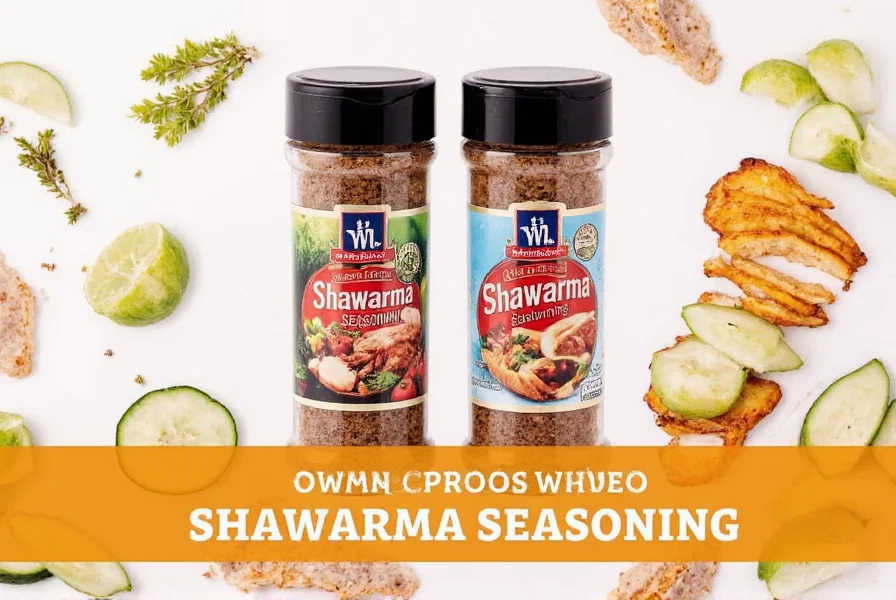

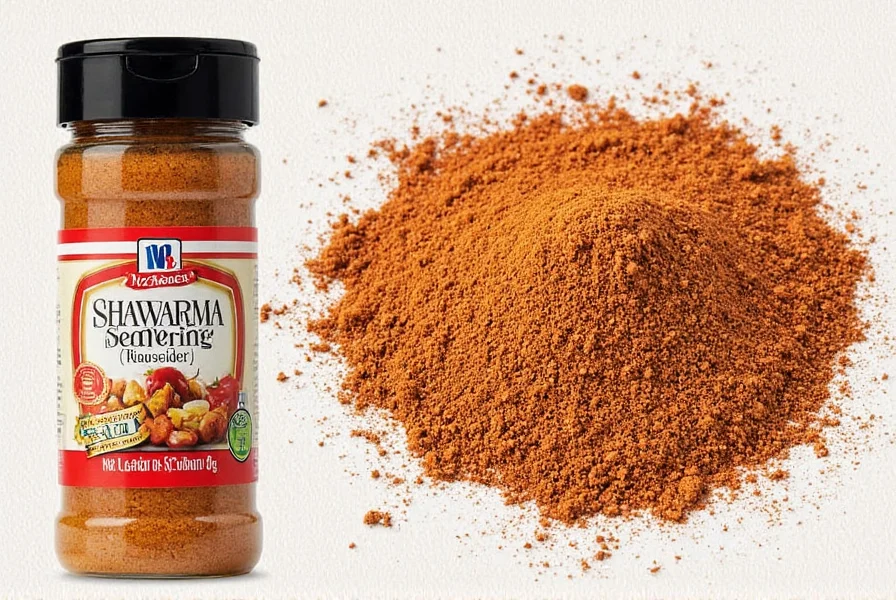









 浙公网安备
33010002000092号
浙公网安备
33010002000092号 浙B2-20120091-4
浙B2-20120091-4